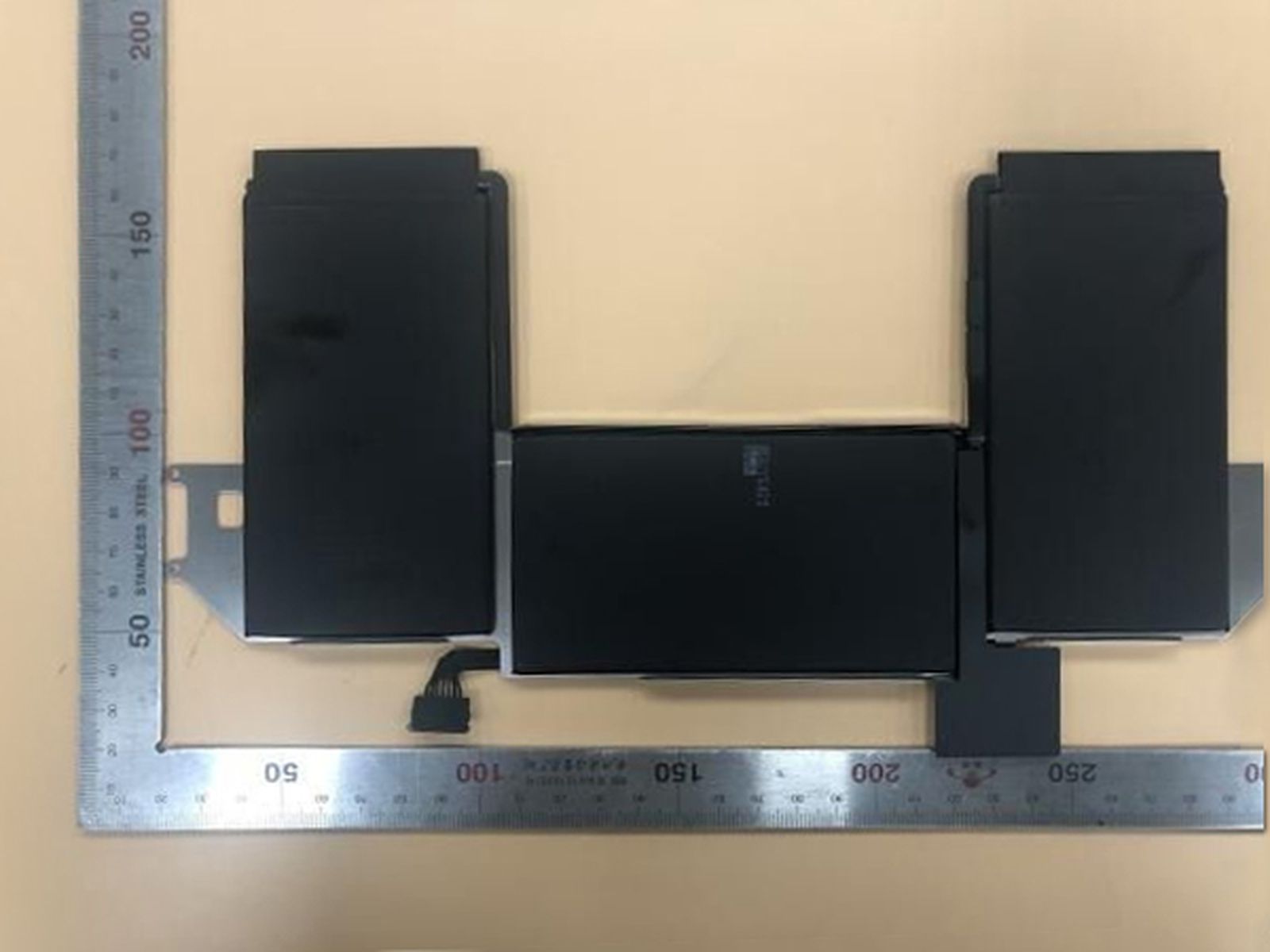
The M1 MacBook Air also loaded my save slot about 13 seconds faster than the Intel version when starting the game.

The Intel-equipped MacBook Air can also run the game at that same resolution, but performance is a bit stuttery in comparison, especially when panning the camera across busy scenes. Don't expect to play games at the highest resolution on the M1 MacBook Air, but I was able to comfortably play "Shadow of the Tomb Raider" at a resolution of 1,900 x 1,200 without much compromise. The MacBook Air isn't meant to be a gaming laptop, but the M1 version is certainly more capable than its Intel-powered counterpart. The Intel MacBook Air, by comparison, took over three minutes to export the same image file both times. It was also faster at stitching together five images to create a panoramic shot: the M1 MacBook Air did so in 11.2 seconds, while the Intel edition took 19.3 seconds.Įxporting a complex image that was 1GB in size and 15,000 x 12,000 pixels - the biggest file in my Lightroom library by a long shot - only took about 30 seconds on the first try when using the M1 MacBook Air and 17 seconds on the second test.
Apple mac air battery full size#
When exporting 50 photos from Adobe Lightroom in full size at 100% quality, the M1-powered MacBook Air performed the task in 16.5 seconds, while the Intel version took 46.3 seconds. In my experience, the performance gains are most noticeable in photo editing apps and video games. In other words: it should be faster when it comes to everything from gaming to editing high-resolution photos and more. A processor with more cores usually means it's better at multitasking, since it has additional cores to drive multiple processes at once.Īpple claims the M1-equipped MacBook Air model offers 3.5 times the computing power, five times the graphics performance, and up to nine times the machine learning capabilities compared to the previous-generation Intel version. The Intel edition replaced by this model topped out at four cores, and the base model came with a dual-core Intel Core i3, which as I noted in my previous review felt underpowered. The Apple silicon MacBook Air I've been using has eight processor cores and 8GB of RAM, while the Intel-powered version I've been testing it against has a 1.1GHz quad-core Intel core i5 processor with 8GB of RAM. Let's start with performance, since it's one of the biggest ways in which Apple's new MacBook Air stands out from its Intel-powered predecessor. It offers faster performance for the same price with virtually no compromises even when running apps that are not yet optimized for Apple's new silicon.
Apple mac air battery windows#
And, even though Apple's M1 chip delivers noticeable improvements in power and efficiency, Apple's laptops still lack some of the benefits of Windows devices, like facial recognition for a more seamless login experience, borderless screens, and most importantly: touch support.īut overall, the M1-powered MacBook Air is a step up from its Intel-powered predecessor.
Yet, it's going to take some time before we understand whether making iPhone apps compatible with the Mac brings anything new to the experience. Plus, the MacBook Air's newer fanless internal design means you'll no longer need to worry about your laptop sounding like a jet engine when it's enduring a particularly heavy workload.

That's already become evident after using the new $1,000 M1-powered MacBook Air for just a few days, which is leagues ahead of Apple's Intel-powered MacBook Air when it comes to areas like performance and webcam quality. For one, the processors powering Apple's laptops and desktops will run on the same basic architecture as those inside the iPhone and iPad, enabling mobile apps from the iOS App Store to run on the Mac for the first time.īut, most important of all, Apple is guaranteeing that its M1 chip will introduce major gains in performance and power efficiency.

The launch of its M1 chip means a few promising things for Apple loyalists. Tech giants like Apple, Microsoft, and many others have been chasing what has become the Holy Grail of computing: blending the benefits of mobile devices with the processing power that comes with desktop-class machines.Īpple's ambitions here are coming into full focus with the debut of the M1: its first homemade processor designed to power its line of Mac computers. It's no secret that laptops have started to more closely resemble tablets and smartphones in recent years.


 0 kommentar(er)
0 kommentar(er)
